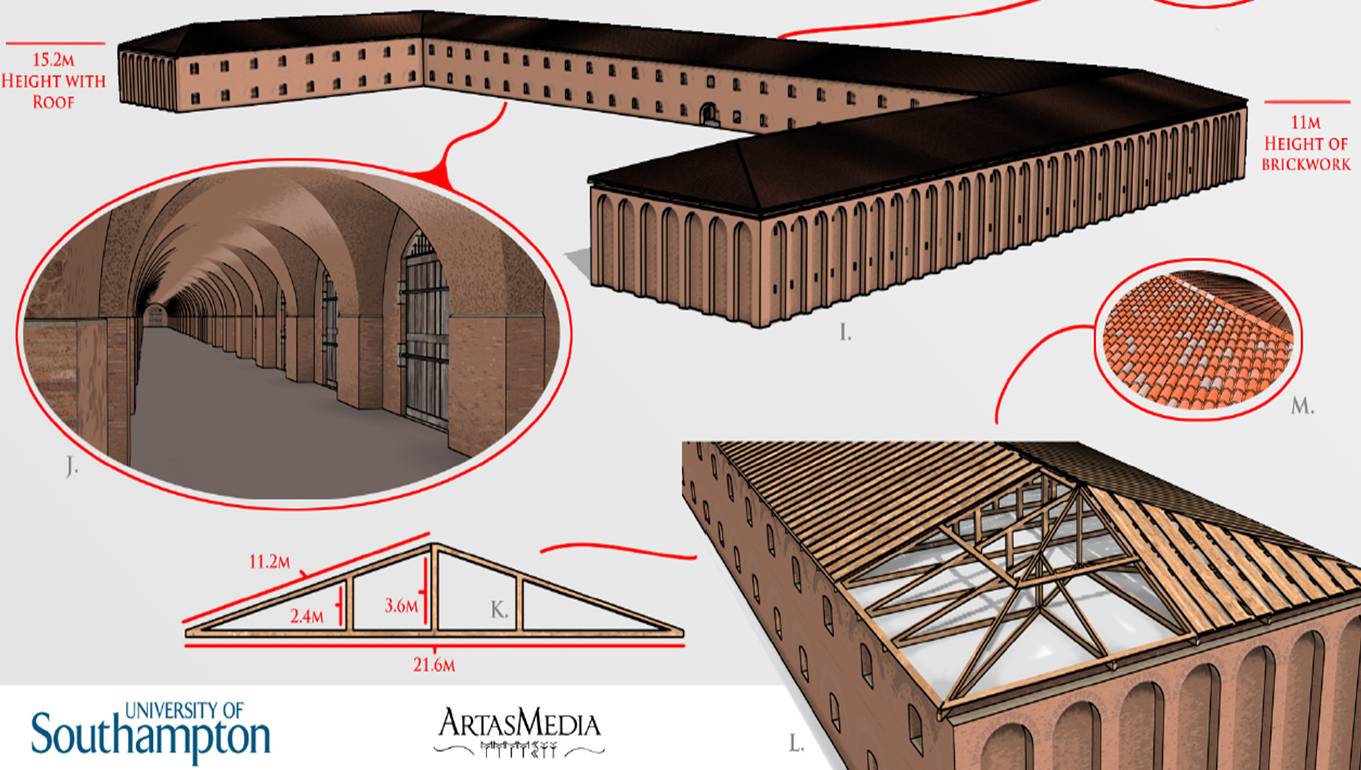
Build your own Portus
Modelling help sheet (Grant Cox and Christina Triantafillou)
I’m very excited about the imagination shown in the comments on the Archaeology of Portus: exploring the lost harbour of ancient Rome course. But it is clear that even at this late stage it is still hard to get a sense of space. We’ve worked hard to film as much as possible of the MOOC content actually on-site at Portus last summer, and you can see where this footage was filmed. Hopefully this week will also help.
Continue reading →







